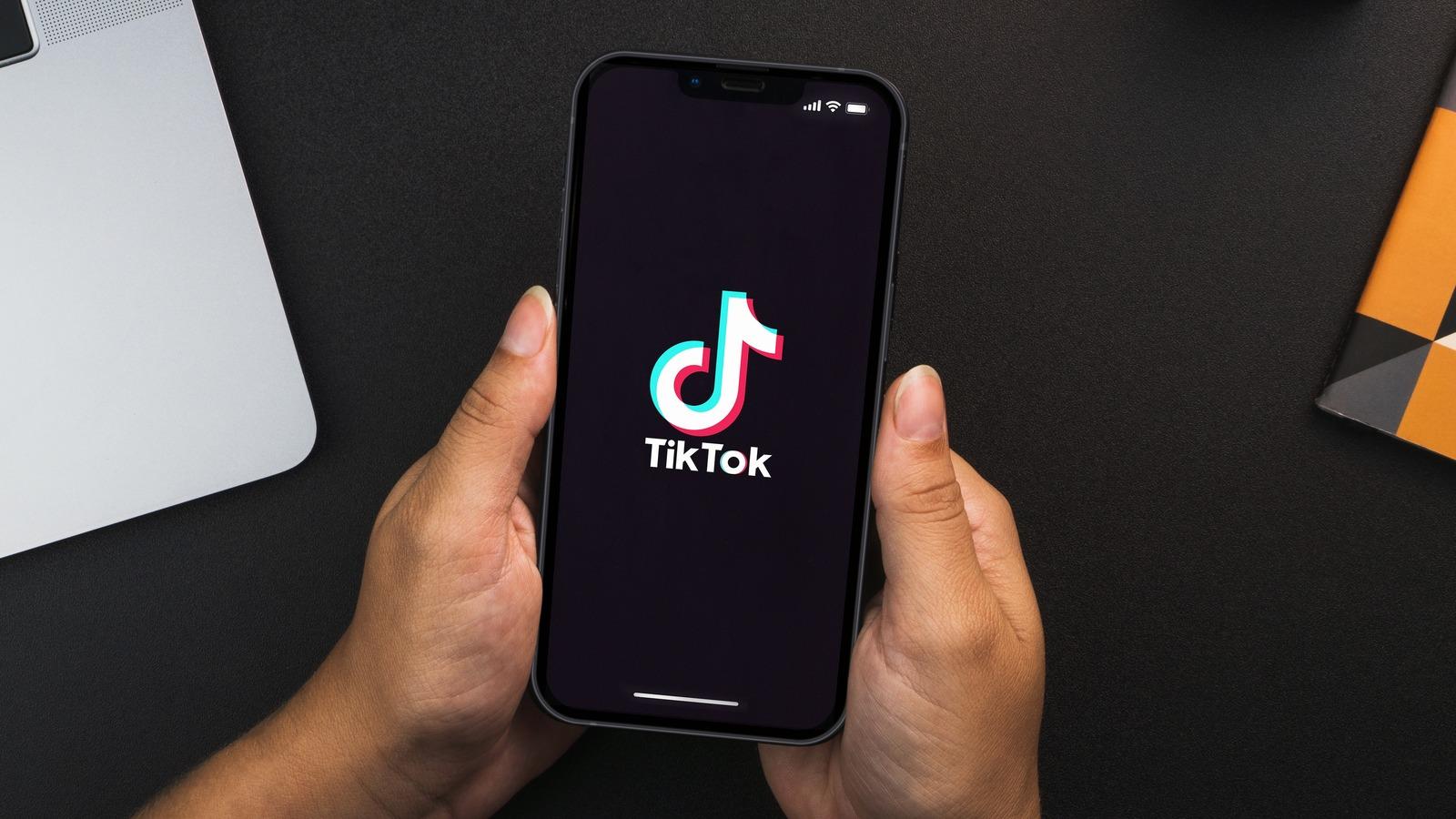In an era where TikTok has almost replaced psychiatrists, Isabella Roussel discusses the dangers of diagnosing ourselves via the social media platform.
In the spring of 2020, at the peak of Covid-19’s reign of terror and amidst the chaos of watching helplessly as our politicians scrambled to conquer our modern day Goliath, I became part of the mass of teenagers who sought refuge on the rapidly-growing platform TikTok.
Like a cat with a string, I was hypnotised by the endless stream of easily-digestible, low-commitment entertainment. A clean, quick, temporary break from the crumbling world around us, TikTok felt like an old friend, accessible with only the touch of a finger in a time of mass-isolation and loneliness.
As the attentive algorithm’s eye noticed me lingering on these types of videos, more and more began to trickle into my feed. Suddenly I was watching videos daily describing the symptoms of disorders such as ADHD, OCD, borderline personality disorder and autism. I was not alone: the hashtag MentalHealth has been viewed 108 billion times on TikTok.
The problem with teenagers being force-fed a diet of mental health content making sweeping claims that small, nervous habits such as bouncing one’s leg or chewing the inside of your cheek are signs of bigger mental problems, is that coupled with an algorithm notorious for enforcing confirmation bias, it creates the illusion that such signs are concrete evidence pointing towards larger mental issues.
Though I had never previously had any reason to believe I had a mental disorder, nor had I ever struggled significantly in school or in my social life, it was impossible not to see myself in the onslaught of videos pushed my way. Could it be that the anxiety that had been gnawing at me since the beginning of confinement, that my incessant scratching and picking at the already-angry red skin in the crook of my arm were signs of an abnormality in my brain?
In a statement issued to the health and wellness platform EverydayHealth, retired psychologist John F. Tholen warned that a key part to the subtle art of diagnosis was lacking on social media platforms like TikTok: the important distinction between experiencing symptoms and having a disorder.
In evaluating the reliability of self-diagnosis and TikTok mental illness content, it’s important to investigate the influencers promoting these things. The creators behind these types of videos can include mental health professionals, however more often than not they are individuals describing their own personal struggles and experiences. A study published in the National Library of Medicine analysing the mental health literacy of such influencers found that only a limited number of content creators were verified, and that many of the posts studied were created for the purpose of entertainment, to boost engagement, and in some cases to promote products rather than to educate.
In a separate study which narrowed the focus down to just ADHD content on TikTok, it was found that half of the analysed content was misleading, and that there was widespread dissemination of health misinformation on the platform.
The result? An explosion in the number of young people believing they are mentally ill. Though unfortunately the exact statistics haven’t been gathered nationally, several health centres around the U.S have reported this increase. Donald Gilbert, a neurologist at a paediatric hospital in Ohio specialising in movement disorders reported that since the pandemic, the number of teens coming in every month believing they have tics has increased tenfold. Other clinics across the U.S have reported similar increases.
Some doctors have further noted that TikTok has contributed to mass confusion and misunderstanding of the correlation between symptoms and disorders, pointing out that there is an overlap of symptoms, particularly depression and anxiety, across several conditions. The existence of these feelings on their own are not necessarily proof of neurodivergence, and can just as easily be a natural response to stressful and threatening external conditions.
When the pandemic restrictions began to ease up and everyday life started to regain a semblance of normalcy, I felt my previously ever-present anxiety ebb away. I was happy again.
It has become a truism to say that social media platforms have revolutionised the way we consume news and information. While the pandemic may have shepherded millions of people onto TikTok, the end of Covid-19 restrictions hasn’t led to a decrease in TikTok users. The pervasive presence of TikTok in our lives is unlikely to disappear entirely any time soon, however, a healthy dose of scepticism and a reminder to place our faith in professionals when consuming content can help us navigate social media with the caution and nuance needed to address such delicate subject matters.






